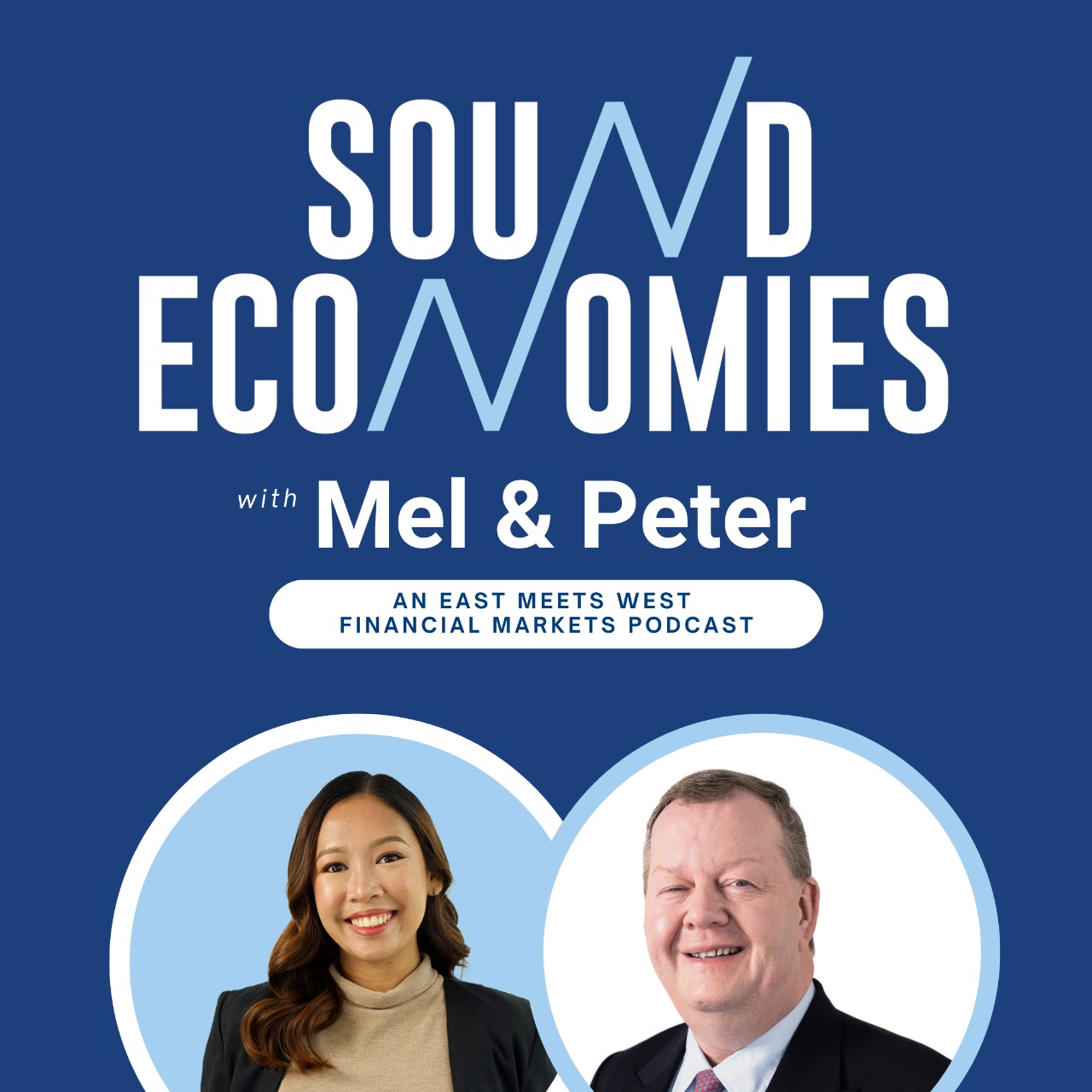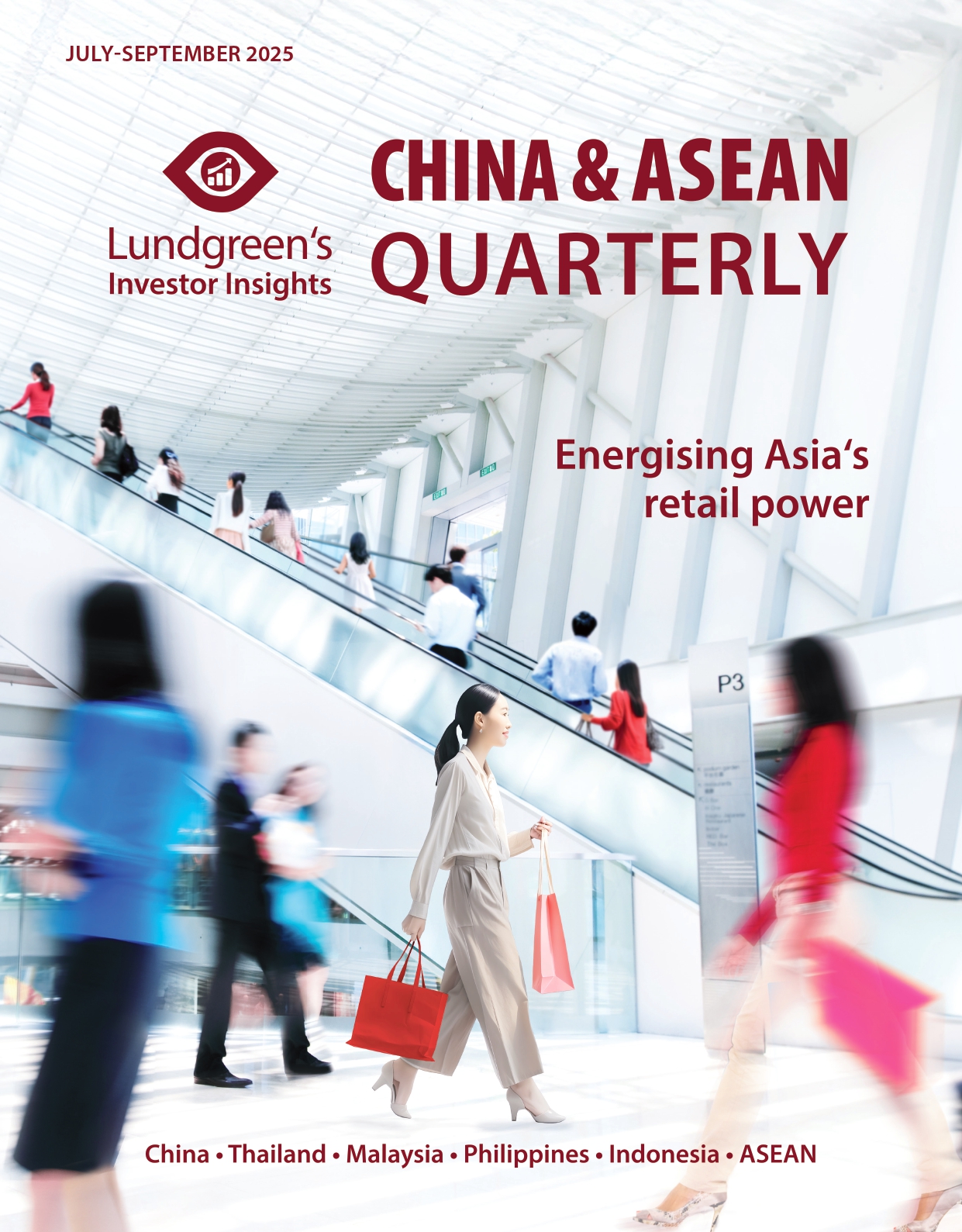The Chinese renminbi in an era of loose monetary policy
The People’s Bank of China (PBC) has committed to a “moderately loose” monetary policy this 2025 to sustain the economic lift from the suite of fiscal stimulus programs which the government unleashed last year. This entails lower interest rates and increased money supply to stimulate heightened domestic activity.
For instance, the PBC pumped RMB 1.7 trillion (USD 233 billion) into the economy in January via outright reverse repurchase agreements, already its largest operation to date. The reverse repos are a new tool introduced by the central bank in October 2024 to quickly influence money supply within China’s banking system. It sought to accomplish two things: first, address the expected spike in demand for cash as citizens travel and hand out ang pao or lucky red envelopes during the Spring Festival holiday, and second, lend some strength to the renminbi against the rallying US dollar as President Donald Trump returned to power.
Cheap credit
The central bank’s change of tone from its long commitment to prudent policy settings is a strong about turn that signals its greater willingness to play a role towards economic resurgence. Waves of additional tariffs for Chinese exports to the US stand to dampen economic prospects this year, and the correct response is to focus on domestic growth drivers.
Last year, the PBC cut the benchmark 1-year loan prime rate to 3.1 per cent from 3.45 per cent and reduced banks’ reserve requirements that unlocked RMB 2 trillion (USD 275 billion) to the economy, on top of continued bank lending and open market operations. There is much room for the PBC to reduce interest rates further given that inflation has remained low, averaging 0.2 per cent in 2024.
Liquidity growth has been positive over the past three years, averaging 9.9 per cent per month despite a slowdown in early 2024 as seen in Graph 1. Abundant money supply meant to keep borrowing rates down and stimulate greater consumer spending and business investments. However, confidence has been languishing in recent years as the continuing property market slump and weak macroeconomic conditions have discouraged household consumption.

Stabilising the currency
Keeping the renminbi competitive in the face of a strengthening dollar has been a challenge in early 2025 – after all, the currency is one of many battlegrounds between the two largest economies in the world.
Some currency weakness benefits China as manufacturers earn more from exports. What complicates exchange rate dynamics is how China has kept the currency under a managed float (versus a dynamic, market-determined exchange rate), with the central bank setting a daily yuan rate against the greenback to smooth out exchange rate fluctuations. Graph 2 illustrates how the central parity rate set by the PBC moves at a much narrower range, moving only within 7.00-7.20 over the past year compared to the offshore dollar-to-yuan rate that fluctuated between 6.97-7.36, the latter reflecting global market supply and demand movements.
 Global policymakers have previously described the Chinese yuan as being consistently undervalued as monetary policymakers kept the exchange rate “stable” on their terms. For China, stability means keeping the local currency perpetually weaker than the dollar to rein in more foreign investments and prevent capital flight while working in favour of domestic manufacturers.
Global policymakers have previously described the Chinese yuan as being consistently undervalued as monetary policymakers kept the exchange rate “stable” on their terms. For China, stability means keeping the local currency perpetually weaker than the dollar to rein in more foreign investments and prevent capital flight while working in favour of domestic manufacturers.
Protectionist trade policies from the US directly affect Chinese producers, with their output on contractionary mode between May to September 2024 based on monthly readings of the manufacturing Purchasing Managers’ Index (PMI). The manufacturing PMI again fell below the 50 per cent threshold in January, coinciding with Trump’s return and the weeklong holiday in the Mainland. In this scenario, a weaker yuan may compensate for reduced profits of Chinese companies as they cash in on exchange rate differentials. Manufacturing profits dropped by 3.9 per cent in 2024, larger than the 3.3 per cent decline in consolidated business profits across all industries based on government data.
Private sector support
Lower interest rates and abundant onshore liquidity bode well for the private sector, especially now that the Communist Party-led government is pursuing warmer relations with corporates. President Xi Jinping recently met with private tech executives, including Alibaba founder Jack Ma who had to lay low over the past four years after a run-in with state officials that ultimately led to the collapse of what would have been the largest initial public offering in global history.
A perpetually weak yuan and cheap borrowing costs, coupled with consumption stimulus packages from the central government like gadget and vehicle trade-in programs, support increased domestic sales for private sector players as they brace for a possible reduction in global demand in the face of US slapping new tariffs on Chinese products. The government now views private firms in better light, particularly with recent wins of electric vehicle maker BYD and DeepSeek against their global rivals.
We think China is running on strong momentum and can energise the economy after last year’s slowdown. We expect further rate cuts and reductions to banks’ reserve requirements from the PBC this year to support stronger expansion and maintain overweight risk towards Chinese assets. However, we continue to monitor emerging developments, particularly the scale and impact of additional US tariffs on domestic industries.







